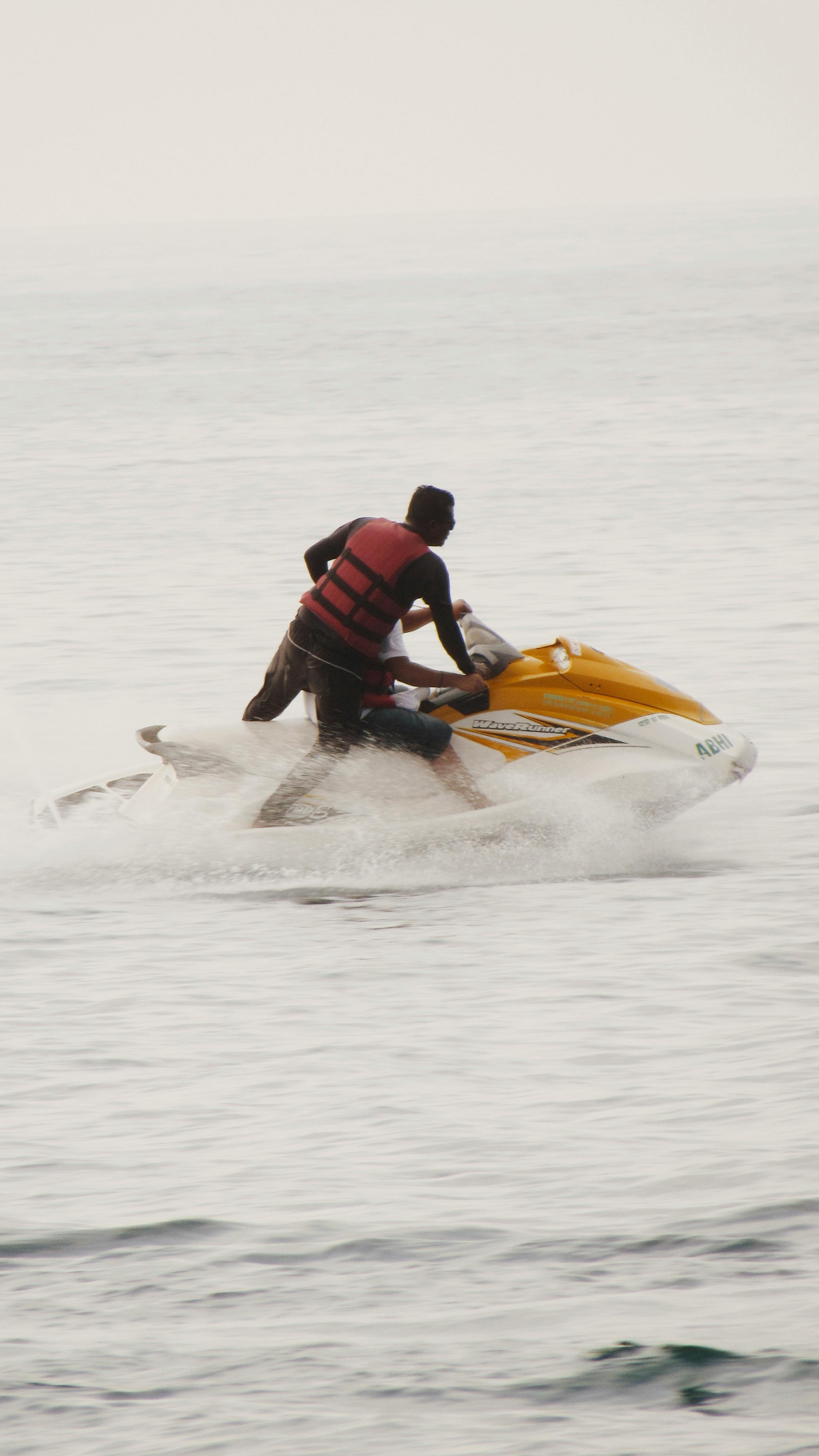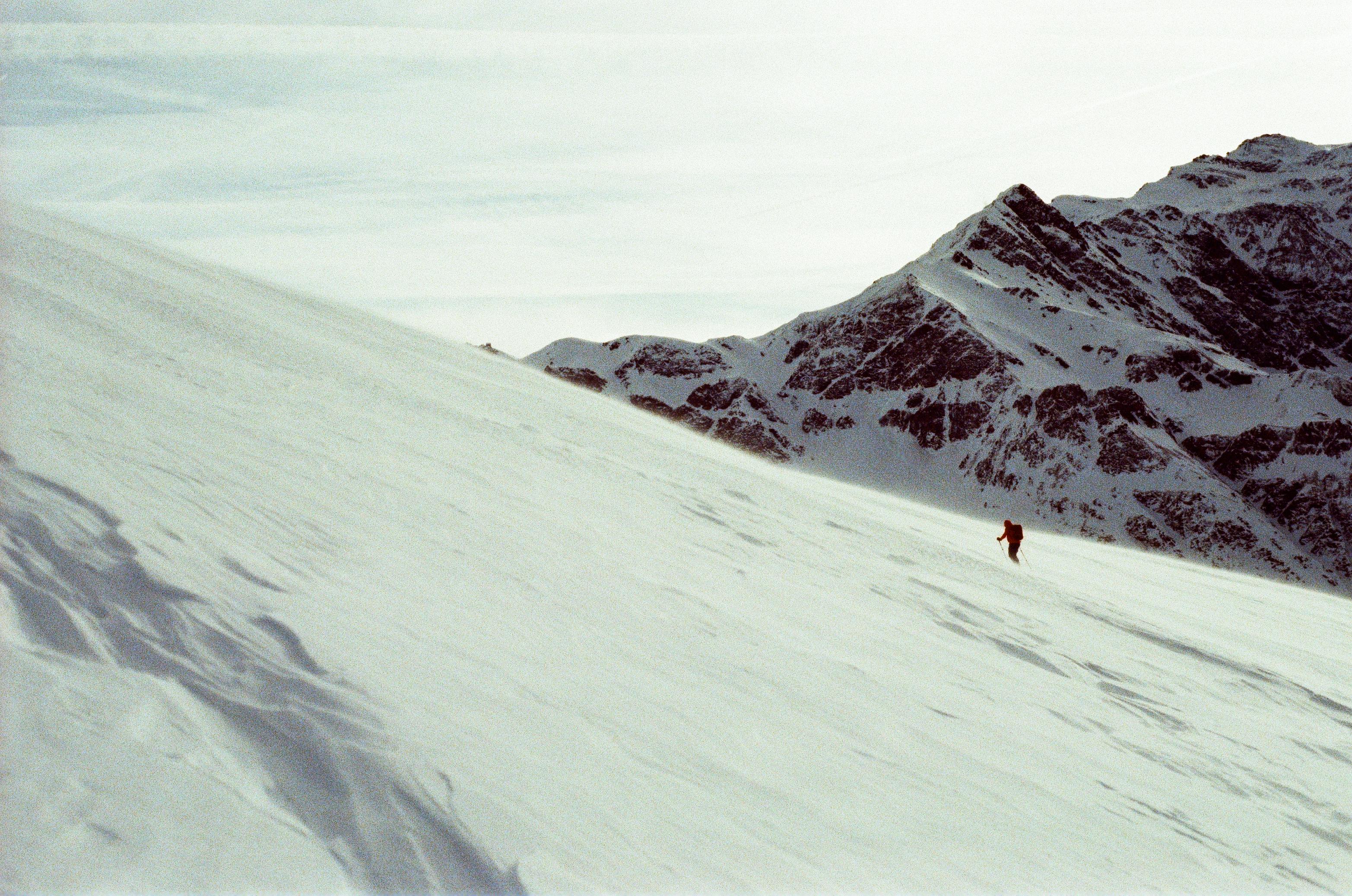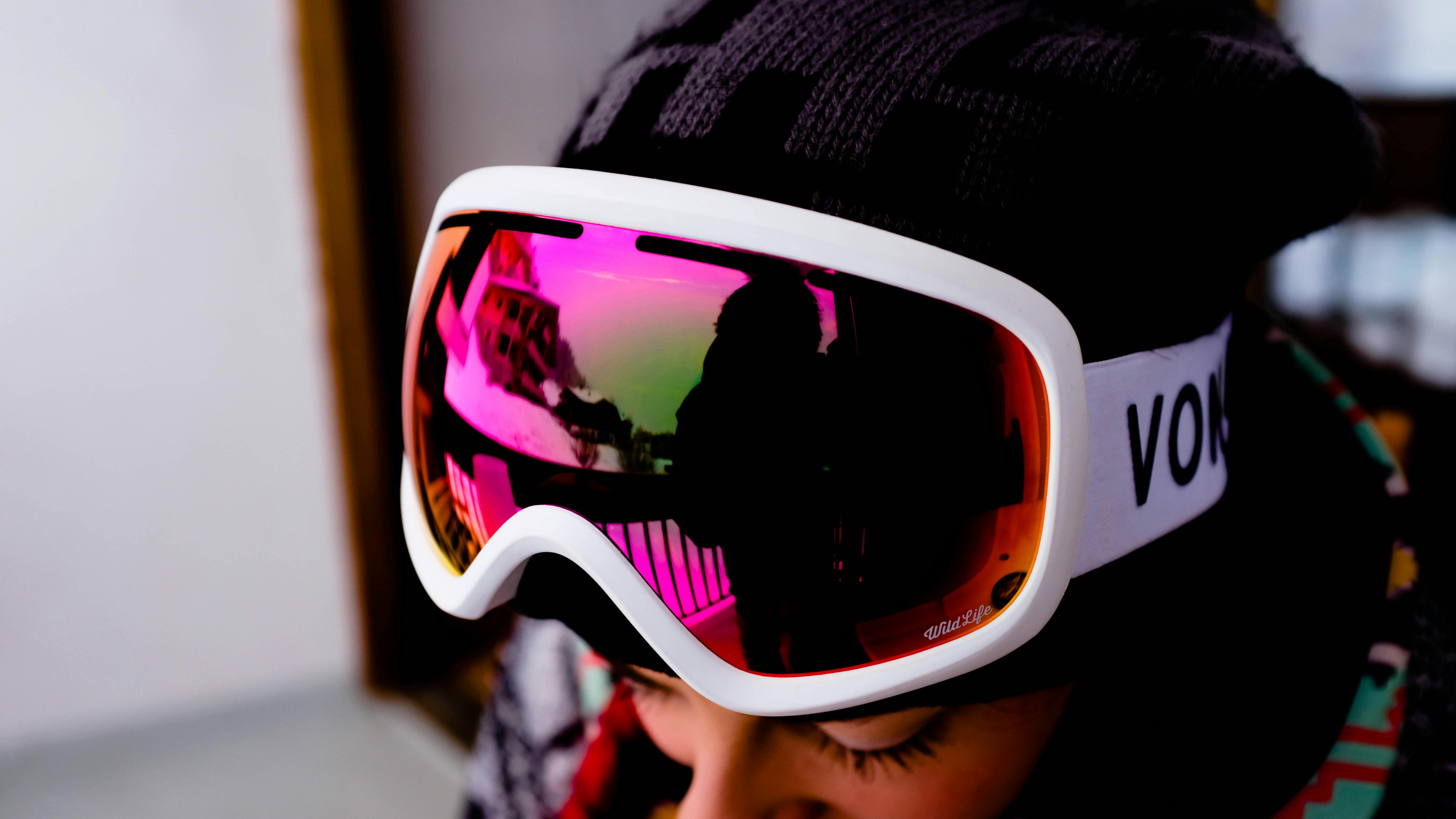VLT Ratings Explained: 2025's Guide to Selecting Prescription Ski Goggles That Won’t Ruin Your Day
Picture this: you, standing at the summit of an icy wilderness that looks like it could either make or break your week. The air is so crisp you can almost hear it snapping, and the snow underfoot shimmers like a massive, untouchable margarita. Sounds dreamy, right? Now, imagine squinting at the dazzling reflection of the sun bouncing off the snow, desperately trying to make out whether that shadow ahead is a mogul, a rock, or some poor skier who made questionable life choices. Yep, it’s no longer dreamy—it’s straight-up terrifying.
I’ve been there. Hi, I’m Simon Smith, and I’ve spent more than a decade trying to flirt with gravity without letting it completely body-slam me. I live and breathe skiing, but here’s a dirty little secret: skiing with unclear vision is like trying to eat soup with a fork. Pointless and messy. Today, we’re diving into the science of Visible Light Transmission (VLT), how it moonwalks into your prescription ski goggles, and why you shouldn’t trust your ski season to luck (or, let’s face it, to that decade-old pair of scratched-up goggles you found in the attic).
The Snow-Blind Problem We All Love to Ignore
Let me take you back to what I now dub “The Matterhorn Incident.” It was a deceptively gorgeous January morning, promising bluebird skies and pristine slopes. My friends and I had climbed halfway up the iconic Swiss mountain, expecting epic runs and Instagram-worthy views. Instead? We got blindsided by the kind of sun glare that makes you think the gods are playing a cruel joke. The snow became a sheet of white fire—beautiful, yes, but also a death trap.
My friends, equipped with basic goggles, were sliding down like confused, oversized toddlers. Meanwhile, I was having the time of my life, thanks to my glorious prescription ski goggle inserts. These bad boys were fitted with the perfect VLT rating, tailored for the blinding sunlight. They didn’t just help me see, they made me feel like I was Neo from The Matrix, dodging obstacles in slow-mo. My movements were sharper, my confidence unshakable, and my survival instincts decidedly less “fleeing woodland creature.”
So yeah, lesson learned: When it comes to ski gear, your eyes deserve better than second-rate lenses and crossed fingers.

VLT: What It Is and Why You Should Care
Let’s break down Visible Light Transmission, better known as VLT. Think of it as that friend on a ski trip who actually reads the trail maps before winging it. VLT measures the amount of light your lens lets through, expressed as a percentage. Low VLT (e.g., 10-20%) is like the ski resort bouncer, blocking most of the light and ideal for obnoxiously sunny days. High VLT (e.g., 60-90%) is more like your camp counselor, letting plenty of light in so you don’t faceplant in low-visibility, moody conditions.
Choosing Your VLT Rating:
- Sunny Days: Go low. A 10-20% VLT will cut down on that snow glare that fries your retinas. Think sunglasses, but for skiing.
- Cloudy or Overcast: A mid-range VLT of 20-50% keeps the snow bright enough to distinguish features while drowning out the gloom. No more mistaking rock piles for snowbanks!
- Night or Flat Light: High VLT lenses (60% and above) are your MVPs when visibility is trash. They amplify every shadow and contour, helping you dodge bad decisions.
This matters even more when you’ve got a prescription involved, because, let’s face it: If you can’t read street signs while driving, you’ve got roughly zero chances of deciphering the terrain mid-descent.

Prescription Inserts: Do They Work, Or Is This a Scam?
Ah, the rage-inducing dance of trying to fit your everyday glasses under ski goggles. Been there, done that, and retired the idea after my glasses fogged up so badly I skied right into a tree. Prescription inserts are the unsung heroes of the slope—a little slice of modern genius that says, “Hey, maybe seeing should be part of your survival strategy.”
With Overo’s prescription ski goggle inserts, my problems were vaporized. Here’s why they work:
They Save Your Nose and Sanity: Traditional glasses under ski goggles are a nightmare. They pinch your face, fog at inconvenient times (read: every time), and start slipping the second you commit to a jump. Overo’s inserts eliminate all that. They snap snugly into your goggles without bruising your face or triggering an existential meltdown halfway down the slope.
Forget Fogging Once and for All: Fogging might seem like one of those unavoidable skiing miseries, right up there with windburn and forgetting which ski locker is yours. But Overo’s military-grade anti-fog technology said, “Not on my watch.” My vision stayed so clear during that Matterhorn descent, I could’ve joined a search-and-rescue team on the spot.
Custom Tailored for Your Eyeballs: Overo crafts each lens to fit. No blurry edges, no weird distortion when you’re speeding down at 40 mph. Every insert is designed around your prescription, making you feel like you’ve swapped your human eyes for falcon eyes. (Did I mention they’re also crafted from recyclable materials? Saving vision and the planet—what a flex.)

Light, Dark, and the Joy of Being Ridiculously Well-Prepared
If you think you can wing it on light conditions, you’re just asking for a story that ends with “...and that’s how I got stitches.” Skiing conditions change faster than a politician’s promises. One minute it’s gloriously sunny and the next, you’re squinting into a sudden snow squall, wondering why you didn’t bring better goggles.
Here’s how I plan for light changes now:
- Carry a Quiver of Inserts: No, not the archery kind. I keep multiple lenses with different VLTs tuned to the forecast. Swapping them is easier than fixing a bad tan line after sunny skiing.
- Use Inserts Compatible with Any Goggle Brand: Many ski goggles are about as customizable as a vending machine snack. But Overo's inserts? They’re engineered to universally fit most mainstream goggles. It’s like finally finding socks that don’t mysteriously lose their twin in the wash.
- Budget Gear Doesn’t Mean Compromised Vision: Overo offers high-quality inserts at a price that doesn’t make you cry yourself to sleep—just $119.99 for a clear, fog-free vision you might not have experienced since kindergarten.

A Word of Caution from Someone Who Knows Better
You could ignore all this, strap on goggles with plastic that fogs faster than an overheated car window, and hope for the best. You’ll look real stylish struggling to find the ski lift as kids zip past you. Or, you could make peace with the fact that seeing the slope in all its dangerous glory might actually be worth $119.99. The choice is yours, champ.
Skiing is a ridiculous sport when you think about it: You hurtle down a mountain at speeds no sane person should attempt, with two sticks strapped to your feet. You might as well give yourself a fighting chance by actually seeing where you’re going. After all, life’s too short to faceplant over bad gear.
Trust me—better vision equals better runs. And Overo’s prescription ski goggle inserts turn flirting with gravity into a love affair.
So, are you ready to see what you've been missing?
Frequently Asked Questions
What is Visible Light Transmission (VLT)?
VLT, or Visible Light Transmission, refers to the percentage of light that passes through your goggle lenses. A lower VLT percentage is suitable for sunny days, while higher percentages are ideal for low-light or cloudy conditions.
How do I choose the right VLT rating for skiing?
Choose a VLT rating based on weather conditions: low (10-20%) for sunny days, medium (20-50%) for overcast or cloudy conditions, and high (60%+) for night or flat light skiing.
Are prescription inserts worth it compared to regular goggles?
Yes, prescription inserts eliminate issues like fogging, discomfort, and poor visibility that occur with wearing glasses under goggles. They offer clear, customized vision tailored to your prescription.
Can Overo's prescription inserts fit all types of ski goggles?
Overo inserts are designed to universally fit most mainstream ski goggle brands, ensuring compatibility and convenience.
How does Overo prevent fogging in their inserts?
Overo's prescription inserts feature military-grade anti-fog technology to ensure clear vision in all skiing conditions.
Why is having multiple VLT lenses important?
Carrying and swapping lenses of different VLT ratings helps you adapt to changing weather conditions, ensuring optimal vision and performance on the slopes.
References
- Understanding the Meaning of VLT - A comprehensive guide to VLT and its significance in lens selection.
- All About Lens Tints - Detailed insights into lens tint options and their functional benefits.
- Ski Goggle Buying Guide - Tips for choosing the best ski goggles based on conditions and needs.
- Sinister X7 Ignite Goggles - A feature-packed, high-performance ski goggle with fog-resistant technology.
- FL-41 Glasses by Overnight Glasses - Learn about advanced prescription lenses and innovations like anti-glare technology.



Share:
2025's Ultimate Guide to Prescription Ski Goggles: A Snowboarder's Savior
Battle of the Slopes: Prescription Inserts vs. RX Goggles – 2025 Cost and Comfort Breakdown